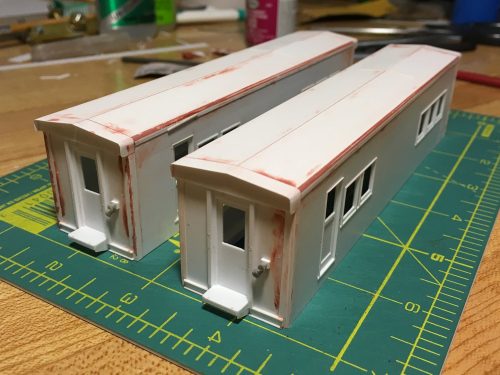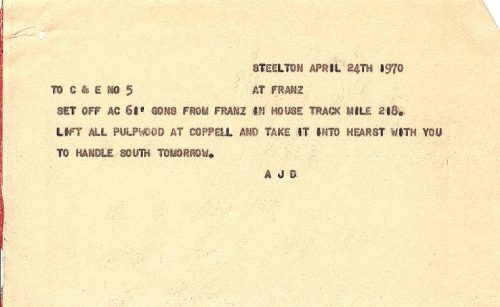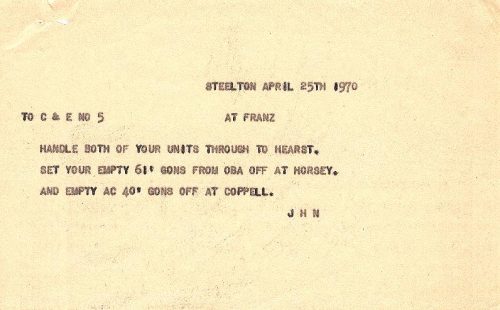A few more steps forward on these cars in getting the bodies finished up this week.
End details have been added with some electrical plugs from a Detail Associates locomotive M.U. stand detail kit, and the step platforms scratchbuilt from styrene sheet and strip. Mounting holes for all of the end of side grab irons have been located and drilled out, but these will be installed later after the bodies are painted. The final remaining details yet to be done on the ends are adding the brake wheel and hardware to the “B” end of the car, and adding ventilation louvers on the end doors using the 3D louver decals from Micro-Mark, which I do have on hand.
One of the interesting visual features of these cars is the sheet metal overhang over the ends; I replicated this with .005″ styrene sheet wrapped around the roof of the car. The trim work on the upper fascia of the car side and the corners was also cut from .005″ strip, and then the joints were filled and sanded down. (And rounded off on the side corners.) I also added a few more pieces of .005″ sheet (barely visible at the far ends of the cars) for the roof hatch where the steam exhaust vents are mounted.
This project may pause for a bit while I work out how to do the roof vent/stack details (try to scratchbuild, try to draw up some parts for 3D printing?) but there is also some minor underframe work to be done yet as well.




